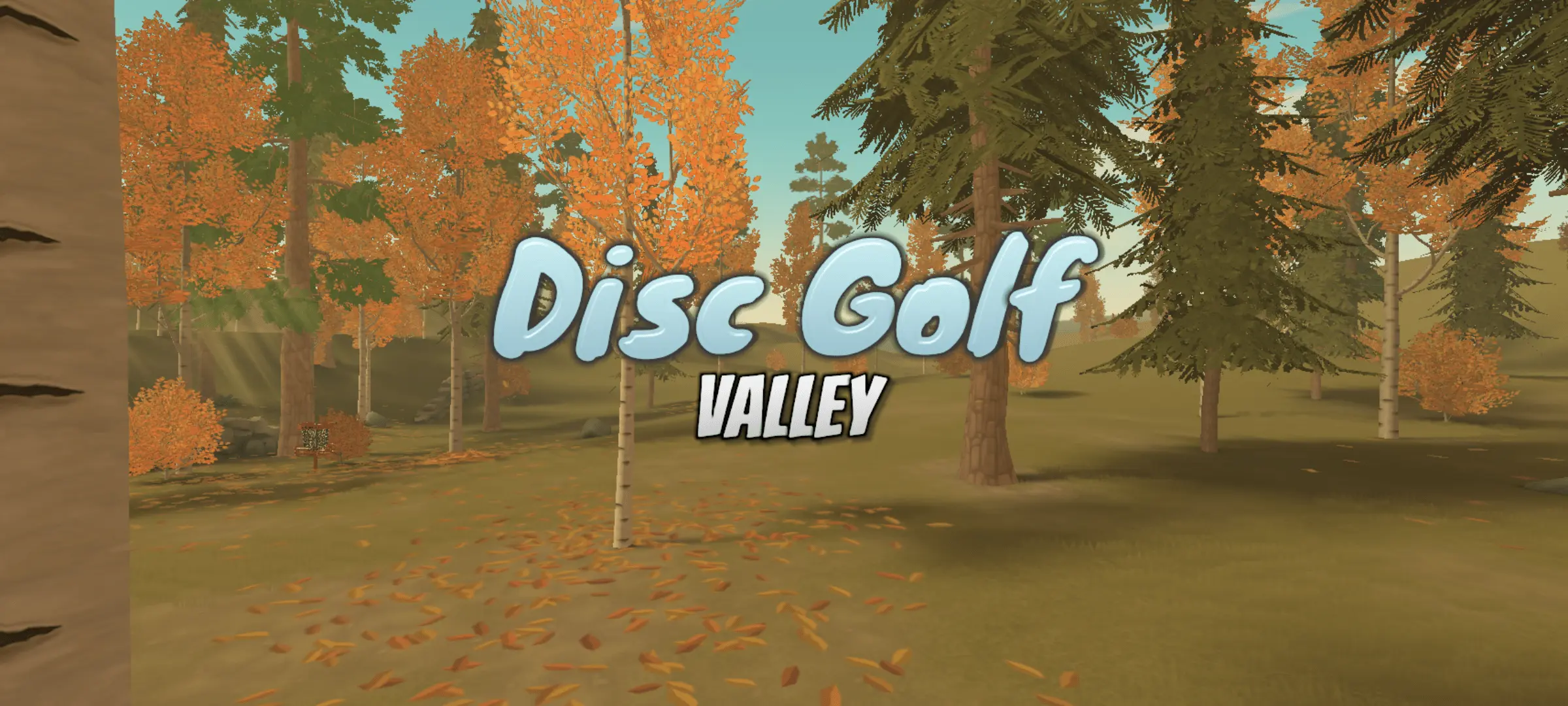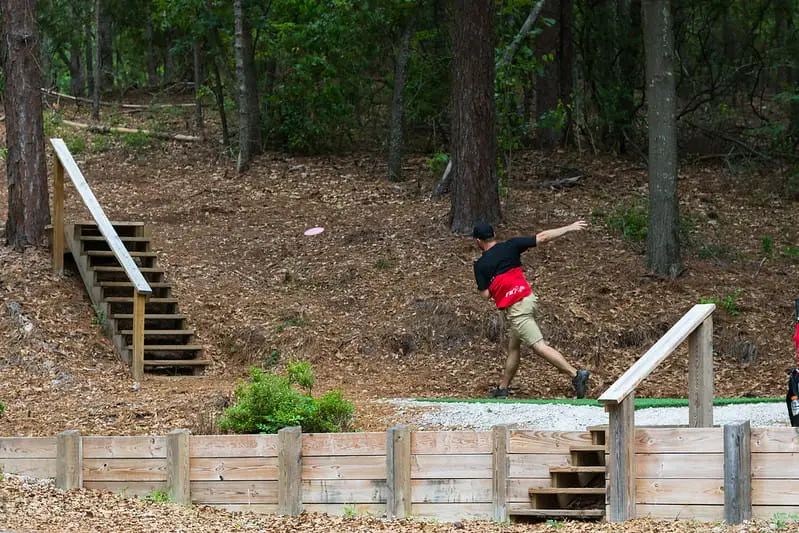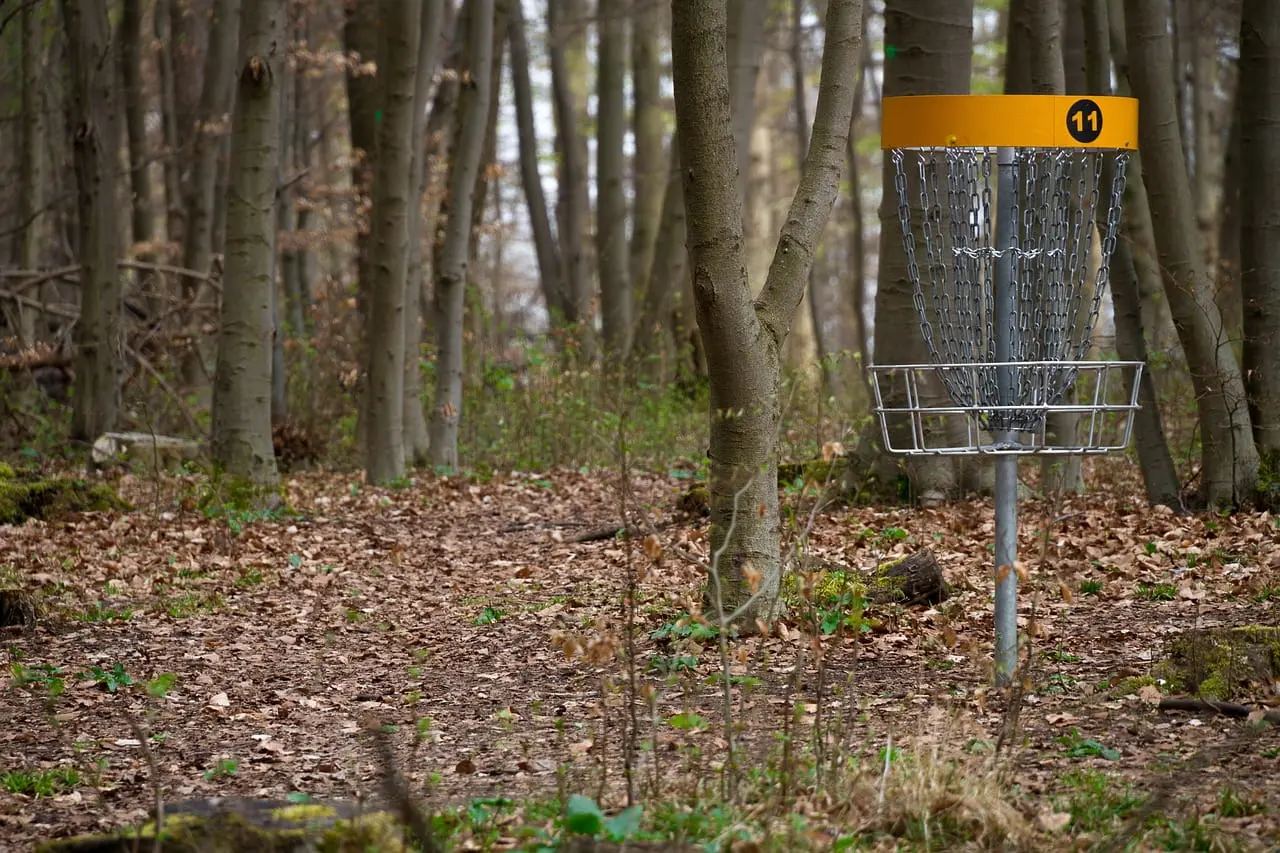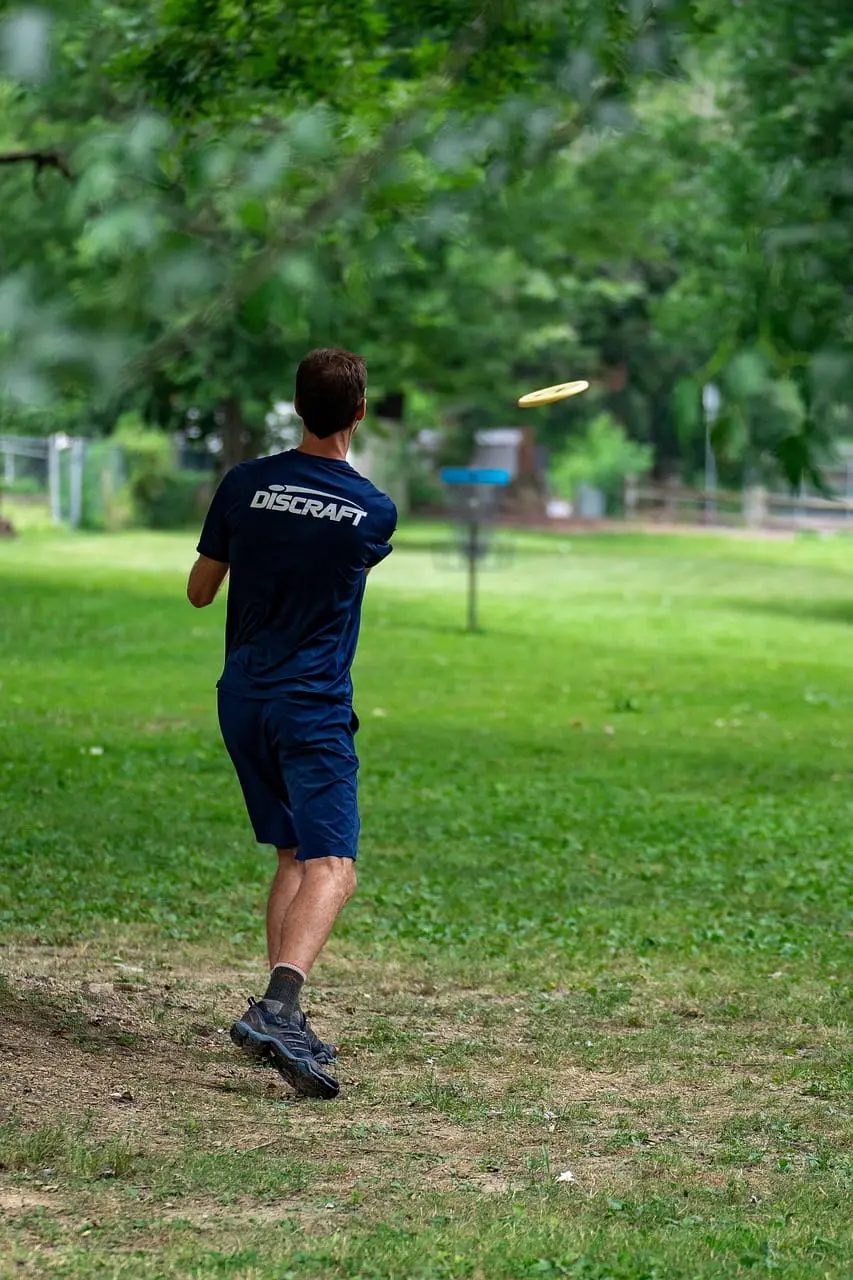A Deep Dive into Disc Golf Grips: Which One's Right for You?

Published: 7/26/2023
The world of disc golf boasts a diverse array of grip techniques, each tailored to different scenarios and playing styles. By mastering these grips, players can unlock new dimensions in their game, ensuring precision, power, and consistency. From the casual player to the seasoned professional, the grip you use can significantly influence your game's outcome. Understanding the nuances of different grips can provide an edge, ensuring every throw is executed with precision and power.
The Power Grip: Unleashing Maximum Torque
Regarded as the go-to grip for achieving maximum distance, the power grip involves tucking all four fingers under the disc with the thumb pressing firmly on top. This configuration maximizes wrist snap and torque, propelling the disc with unmatched force. Ideal for open shots where distance trumps precision, players should invest time in perfecting this grip. The power grip, characterized by its tight hold, allows the player to generate maximum force during the throw. While it's ideal for long-distance shots, mastering it requires practice and understanding of the disc's dynamics. Utilized mostly for drives, this grip ensures you get the distance you aim for.
The Fan Grip: The Epitome of Control and Precision
When accuracy is paramount, especially in approach shots or putts, the fan grip shines. Fingers are spread out beneath the disc, creating a stable base. This spread reduces wrist snap, offering a controlled and predictable release. The fan grip is a testament to the fact that in disc golf, power is nothing without control. The fan grip, on the other hand, is all about finesse. By allowing the fingers more spread underneath the disc, players can achieve greater control, making it perfect for shorter throws and putts. Its name derives from the fanned-out positioning of the fingers, providing a balance between grip and release.
Hybrid Grips: The Best of Both Worlds
Marrying the principles of power and fan grips, hybrid grips offer versatility. The modified fan grip, for instance, tucks the pinky and ring fingers under the disc while the index and middle fingers remain spread out. This provides a balance between distance and control. These grips attempt to capture the essence of both power and fan grips. By combining the strength of the power grip with the precision of the fan grip, players can adapt to varying situations on the course, ensuring they have the right grip for the right shot.
Understanding Grip Dynamics and Their Effects on Flight
Each grip not only affects the force behind the throw but also the disc's flight path. Factors like release angle, spin, and speed are influenced by the grip. A tighter power grip might induce more spin, stabilizing the disc, while a relaxed fan grip could allow for nuanced shot shapes. The way a player grips their disc can influence the disc's flight path, speed, and accuracy. Factors like finger placement, thumb position, and grip tightness play a role in determining the outcome of a throw. Experimenting with these dynamics can help players find their unique style and improve their overall game.
Tailoring Your Grip: Factors to Consider
Choosing the right grip isn't a one-size-fits-all decision. Hand size, disc type, finger flexibility, and even weather conditions can influence grip choice. Continuous experimentation and adaptation are key. all scenario. Different situations on the course demand different grips. Moreover, personal comfort plays a significant role. As players spend more time on the course, they'll naturally gravitate towards grips that suit their playstyle and preferences.
Similar Posts

Boost Scores in Disc Golf Valley: Key Tips & Tricks
Published:
1 year ago

Alternative Disc Golf Formats Every Player Should Try
Published:
2 years ago

How to Throw a Forehand Hyzer Flip in Disc Golf
Published:
2 years ago

How to Conquer Disc Golf Courses: A Step-by-Step Guide to Elevating Your Game
Published:
2 years ago

Mastering the X-Step in Disc Golf: Boost Your Drives with Proper Footwork
Published:
2 years ago

Forehand Throws in Disc Golf: Mastering the Flick Shot
Published:
2 years ago